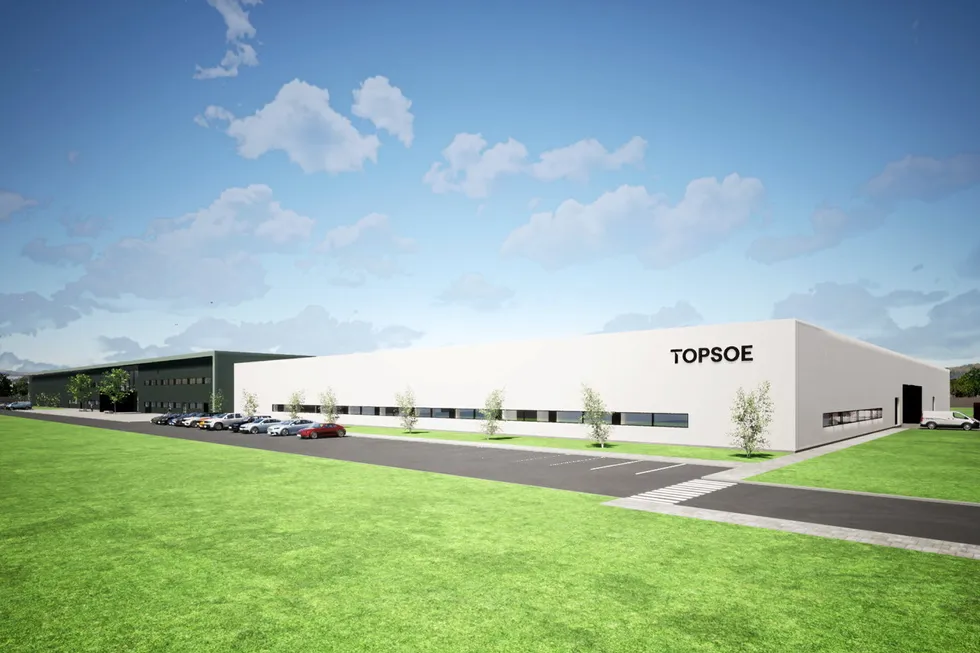'World's largest' | Topsoe plans 5GW solid-oxide hydrogen electrolyser factory as it signs off first 500MW
Market focus is shifting towards US away from hesitant EU says Danish firm, as it calls for more certainty on European fiscal regime

Market focus is shifting towards US away from hesitant EU says Danish firm, as it calls for more certainty on European fiscal regime
